In the past two years, residents of Bethel, Conn., have been hit by three massive snowstorms that knocked out power for days. Each time, nearby cell towers that rely on electricity failed, preventing people from communicating with the outside world.
"Our cell phones became completely useless," Bethel resident Matt Knickerbocker recalled. "You can't call in an emergency. You're completely out of touch."
On Friday, with a massive winter storm barreling into the Northeast, the resiliency of cell phone networks was tested again. The blizzard arrived as federal regulators were still debating how to fix weaknesses in wireless towers that were exposed by Hurricane Sandy three months ago.
Cell towers rely on electricity and typically have about eight hours of backup battery power. But after Sandy caused sustained power outages, about one in four cell towers failed, leaving thousands of customers unable to make calls for days. Many officials have since pushed for wireless providers to install more backup power.
Forecasters said more than a foot of snow could fall on New York City Friday night and Saturday morning. Parts of New England could receive more than two feet of snow. The blizzard was expected to knock out electricity in some parts of the region.
On Friday, Verizon spokesman Thomas Pica said the company had plans in place to deal with a potential power outage. He said "virtually all" of Verizon's cell towers have eight hours of backup power and are equipped with emergency generators in case the battery power runs out.
"Our network cell technicians have been busy checking those sites and topping off fuel reservoirs as needed as the storm approached," said Pica.
AT&T said it had added fuel to backup generators at cell towers and tested their batteries. The company had also staged additional emergency equipment -- including portable cell towers on wheels, known as COWs -- in strategic locations.
"With a storm of this magnitude, we may have some outages," said Marissa Shorenstein, president of AT&T New York. "But if service goes down, we'll do all we can to get it back up as fast as possible."
In preparing for hurricanes, wireless providers say, they adhere to “voluntary, industry-based best practices." But there are almost no official rules on how wireless companies should respond to severe weather. While they work closely with federal agencies during storms, they are not required to file detailed emergency plans beforehand.
The reliability of wireless service after a major storm has become increasingly critical as more Americans ditch their landlines for cell phones. The percentage of cell phone-only households has risen from 18 percent in 2008 to 34 percent today, according to the National Center for Health Statistics.
After Hurricane Katrina knocked out communications along the Gulf Coast in 2005, the Federal Communications Commission proposed that wireless companies have backup power at all cell towers. But the wireless industry sued to block the requirement, saying it would be a financial burden and regulators didn't have authority to impose it. An appeals court eventually sided with the industry.
This weekend's massive storm comes just days after the FCC held hearings on how to keep communications networks from being disrupted by major storms. At the hearing, some officials who had struggled to communicate after Hurricane Sandy said wireless companies should be required to install extended backup power at cell towers.
New York City's chief information officer, Rahul Merchant, said, "In an age of increasingly severe weather events and related outages, it is no longer enough to rely wholly on industry best practices as regards to battery backup."